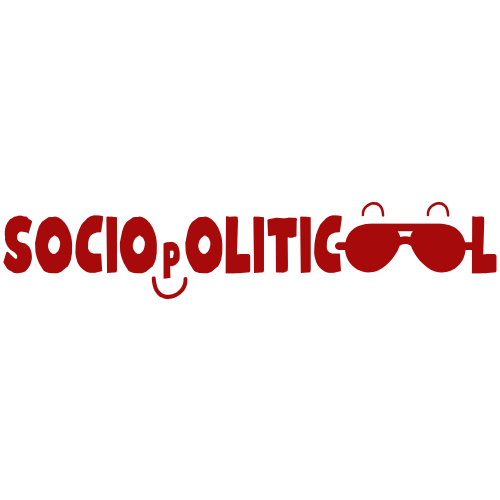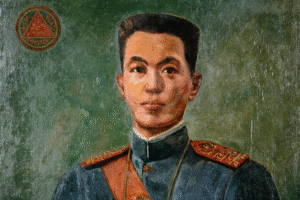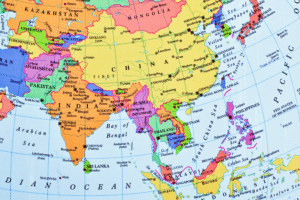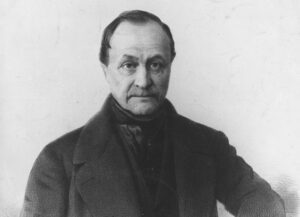Feminism is the belief in and advocacy for equal rights and opportunities between men and women, and other genders.
It began as a movement to address the many inequalities women faced.
And then it grew into a broader social and political movement that continues to shape discussions about gender, justice, and fairness.
Feminism includes other genders because true gender equality can’t be achieved by focusing only on women.
It is not only about women’s rights anymore. It also touches on how gender roles affect everyone, and how inequality impacts people from different racial, cultural, and economic backgrounds.
Let us understand what feminists do and what they have achieved so far.
Feminism Fights for Equal Rights and Opportunities
Feminism fights for gender equality. It demands that women should not be treated as inferior compared to men. This includes equal access to education, jobs, healthcare, and political participation.
It also points out how rigid gender roles limit everyone.
Men are pressured to act tough and avoid showing emotion, while women are expected to be submissive or caring even if they don’t want to be.
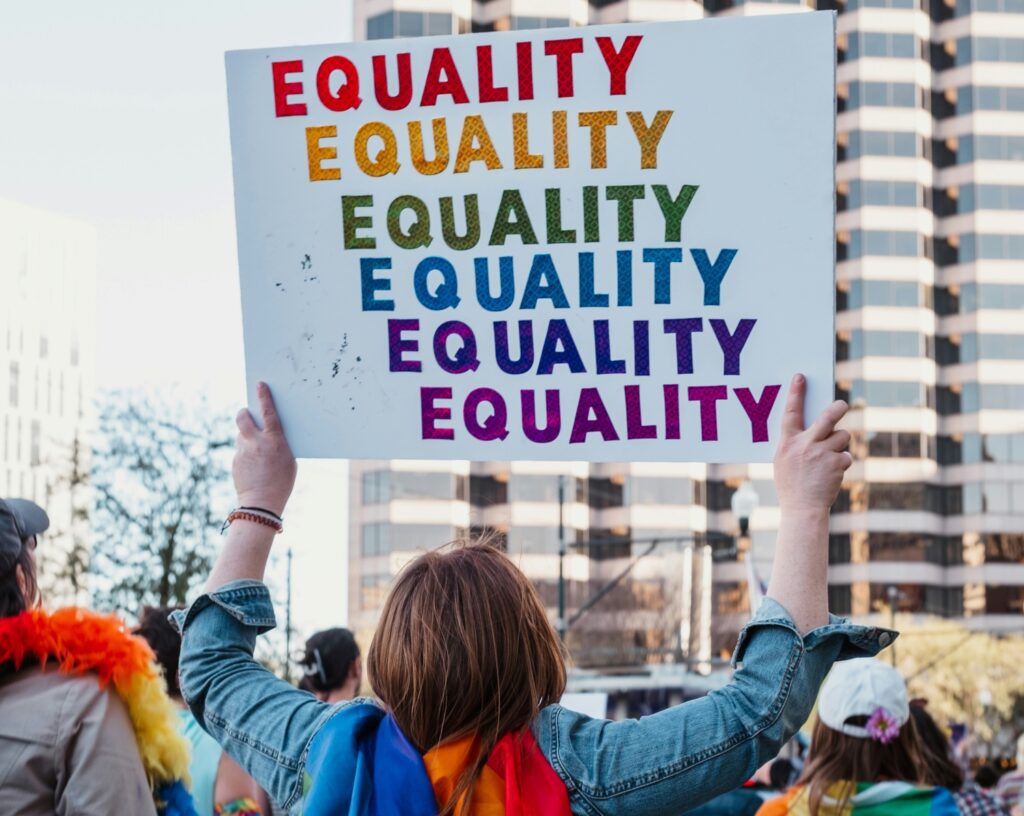
Including Men and LGBTQ+ Rights
While feminism started mainly as a movement for women’s equality, it has expanded to include the rights of other groups.
Inequality affects anyone who does not fit into traditional gender roles, and it is not just women, but also the LGBTQ+ community and even men.
Men are not enemies here. They struggle, too, particularly with toxic masculinity, which pressures them to act a certain way and discourages them from showing vulnerability or seeking help when they need it.
All Genders Can Be Feminists
Being a feminist simply means supporting equality among all genders. Anyone who has the same goal can be a feminist, regardless of their gender.
The idea that “feminism is only for women” actually limits the movement because equality requires cooperation from everyone.
When other genders are involved, it helps show that feminism is not about fighting against men but about creating a fairer society.
If equality benefits everyone, then everyone has a role to play in achieving it.
The Four Waves of Feminism Focused on Different Inequalities
Feminism developed over time in stages known as “waves.” Each wave focused on different issues faced by women and society.
First Wave Feminism
The first wave of feminism happened in the late 1800s and early 1900s. Its goal was to secure women’s legal rights, especially the right to vote.
At that time, women were excluded from politics, property ownership, and higher education. Feminists fought tirelessly to change these laws.
Early feminists were opposed by political, religious, and social institutions that sought to maintain traditional gender roles.
Of course, they faced harsh backlash from men and even from women who believed in traditional gender roles. Still, they succeeded.

Second Wave Feminism
The second wave began in the 1960s and continued through the 1980s.
It fought for reproductive rights, equal pay, protection against sexual harassment, and the right for women to choose their careers.
Conversations about sexuality, domestic violence, and reproductive freedom became part of mainstream politics because of this.
Third Wave Feminism
The third wave lasted from 1990s to the early 2000s. It focused on diversity and individuality, recognizing that women experience oppression differently.
The concept of intersectionality was introduced at this time, a term coined by Kimberlé Crenshaw that looks at how race, class, gender, and sexuality overlap to create unique forms of discrimination.
Unlike earlier waves, this emphasized choice.
A woman could choose to wear makeup, become a CEO, or stay at home, and all of those choices could still be feminist as long as they were freely made.
Fourth Wave Feminism
The fourth wave started in the 2010s and continues today.
It is heavily shaped by the internet and social media, which have given feminists new ways to spread awareness and organize movements.
The fourth wave of feminism doesn’t have leaders because it emphasizes inclusivity and grassroots participation.
They can start global campaigns simply with hashtags, such as #MeToo. And anyone can do that, regardless of their age or gender.
This movement is more decentralized, as ordinary people can speak out and demand change as long as they have social media accounts.
Some Famous Feminists Throughout History
Feminism has been shaped by countless individuals who dedicated their lives to fighting for gender equality. Learn about their contributions below.
Mary Wollstonecraft
Mary Wollstonecraft is considered one of the first feminists in history. She wrote A Vindication of the Rights of Woman in 1792, before the first wave!
She argued that women were not naturally inferior to men but appeared so only because they lacked education. If they were educated, they could become better wives, mothers, and citizens, contributing fully to society.
Her ideas were met with criticism from many men and even some women.
Yet, she laid the foundation for later feminist movements by highlighting how social systems, not biology, kept women subordinate.
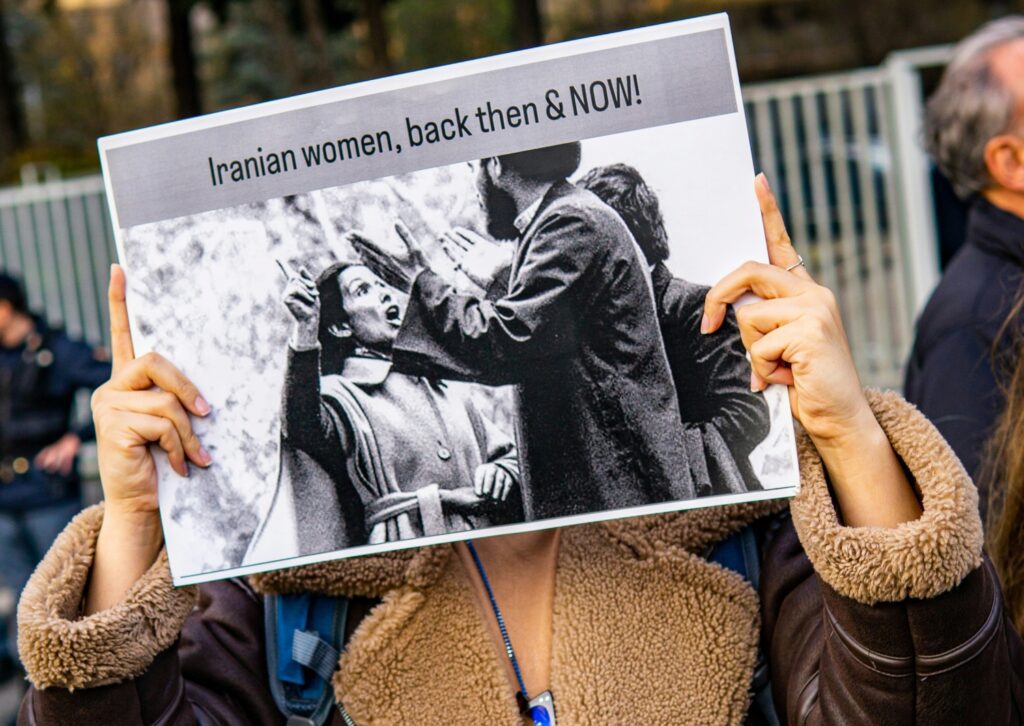
Sojourner Truth
Sojourner Truth was born into slavery in New York. She escaped in 1826 and went on to become a powerful speaker and advocate for justice.
She is best remembered for her famous 1851 speech Ain’t I a Woman?
She pointed out the hypocrisy of a society that claimed women were weak and in need of protection while she, as a Black woman, had endured hard labor and suffering equal to or greater than men.
Simone de Beauvoir
Simone de Beauvoir was a French philosopher who wrote The Second Sex in 1949, where she shared her analysis on the ways society had historically treated women as the “other” in relation to men.
She also addressed issues such as sexuality, work, and personal freedom, all while connecting her philosophy to broader ideas of existentialism.
Existentialism is the belief that humans define their own purpose through choices and actions, rather than relying on fate.
Her famous line, “One is not born, but rather becomes, a woman,” emphasized that gender roles are socially constructed, not biologically determined.
Angela Davis
Angela Davis was deeply involved in the civil rights movement, the Black Panther Party, and campaigns for prison reform.
She connected feminism to race, class, and economic inequality, showing that true liberation must address more than just gender. It must include the struggles of poor women and women of color, too.
Betty Friedan
Betty Friedan is best known for her book The Feminine Mystique, which exposed the widespread dissatisfaction among middle-class housewives who, despite having material comfort, felt unfulfilled because they were restricted.
She called this “the problem that has no name” and argued that women needed meaningful work and independence to feel complete.
Emmeline Pankhurst
Emmeline Pankhurst was the leader of the suffragette movement in the United Kingdom. She founded the Women’s Social and Political Union (WSPU) in 1903, an organization famous for its militant tactics.
Unlike earlier suffragists, she and her group believed that dramatic actions, such as protests, hunger strikes, and even breaking windows, were necessary to force the government to pay attention. “Deeds, not words.”
In 1918, partly due to her efforts, British women over the age of 30 were granted the right to vote, with full suffrage for women over 21 coming in 1928.
Alice Paul
Alice Paul was an American suffragist and activist who played a major role in winning women the right to vote in the United States.
Alice Paul was inspired by Emmeline Pankhurst’s militant suffrage tactics while studying in England.
She organized parades, protests, and hunger strikes to demand that the government take women’s suffrage seriously.
Malala Yousafzai
Malala Yousafzai is a Pakistani activist and the youngest Nobel Peace Prize laureate. She survived an assassination attempt by the Taliban in 2012 at 15.
The attack was a response to her outspoken advocacy for girls’ education in Pakistan, where extremist groups tried to ban girls from attending school.
She co-authored the memoir I Am Malala, founded the Malala Fund to support education globally, and has spoken at the United Nations.
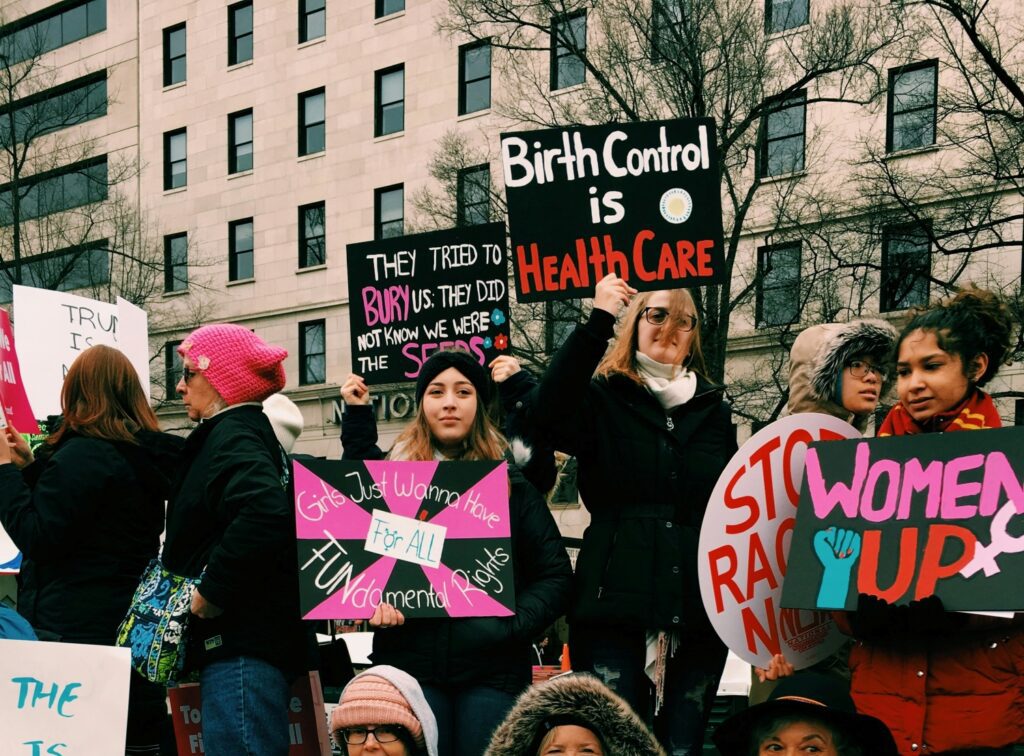
Many Modern Feminists Are Extremists
Many modern feminists have been labeled as extremists because of how they approach gender issues, and it is extreme!
They are hostile toward men, portraying them as oppressors or enemies.
They mock or dismiss their struggles, too, such as high suicide rates, unfair custody battles, or the stigma against showing vulnerability.
This damages the reputation of feminism, making it seem like it is toxic and anti-men when its original goal was gender equality.
If you are a feminist, don’t worry about those who don’t want to associate with the movement because of what it is currently doing.
Worry about your fellow feminists who are destroying it from the inside, and think about how you can correct the trajectory as early as now.
